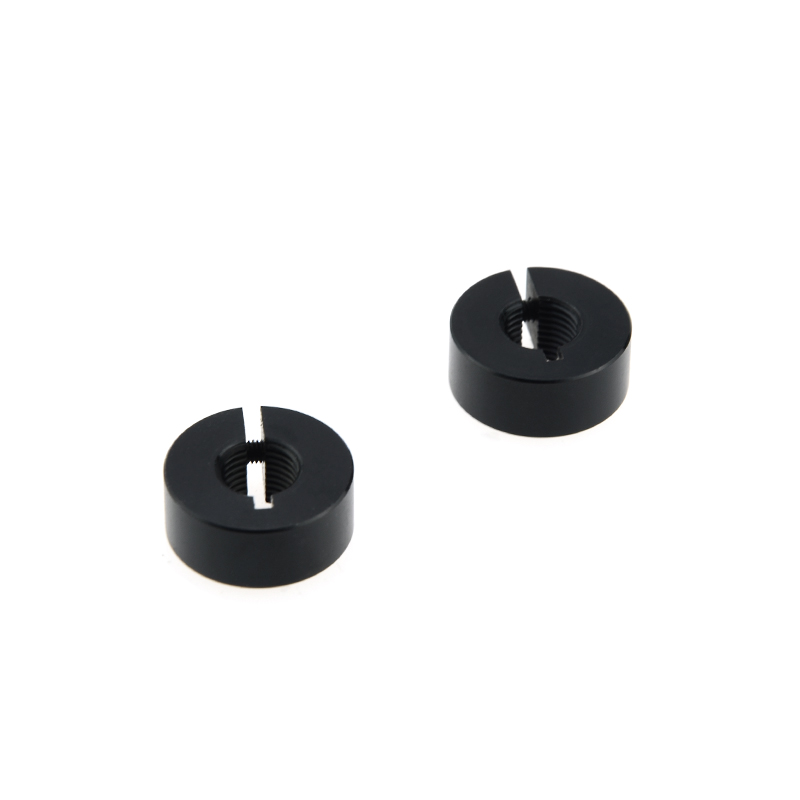With the continuous development of industrial manufacturing technology, Aluminum alloy open fixing Shaft Collars has become an indispensable and important component in the field of mechanical manufacturing. Among them, the open type optical axis fixing ring has been widely used due to its good flexibility and adaptability. This article will provide a detailed introduction to the structural characteristics of the open type optical axis fixing ring and its application scenarios in actual production.

Definition and Interpretation
Open end optical axis fixing ring is a circular structure used to fix the optical axis, with high-precision positioning capabilities in radial, axial, and circumferential directions. Its key feature is the circular opening design, which is easy to install and adjust. This structure mainly consists of a ring body, positioning elements, and locking devices. The ring material is generally made of hard alloy or ceramic material to improve wear resistance and corrosion resistance. The positioning element often uses rolling bearings or sliding bearings to ensure the precise position of the optical axis in the ring body. The locking device uses bolts or spring washers to ensure that the optical axis does not loosen during operation.
Application Scenario
The open end optical axis fixing ring has a wide range of applications in practical production and manufacturing. For example, in fields such as automated production lines, robot joints, and CNC machine tools, open-end optical axis fixing rings can be used to fix the optical axis, achieving precise transmission and control. In addition, in terms of Optical instrument and test equipment, the open type optical axis fixing ring can also be used to fix optical elements to ensure their position accuracy and stability.
Design points
In the design process of an open type optical axis fixing ring, the following points need to be noted:
Size design: Determine the diameter and thickness of the ring body based on practical application requirements, and consider the convenience of processing and installation.
Material selection: Select appropriate materials based on the usage environment and working conditions to ensure the wear resistance, corrosion resistance, and high-temperature performance of the fixed ring.
Surface treatment: In order to improve the wear resistance and corrosion resistance of the fixed ring, appropriate surface treatment is required, such as hard treatment, chemical oxidation, etc.
Accuracy requirements: During the design process, it is necessary to ensure the positional accuracy of positioning components and the accuracy in the radial, axial, and circumferential directions of the optical axis to avoid affecting the performance and stability of the entire equipment.